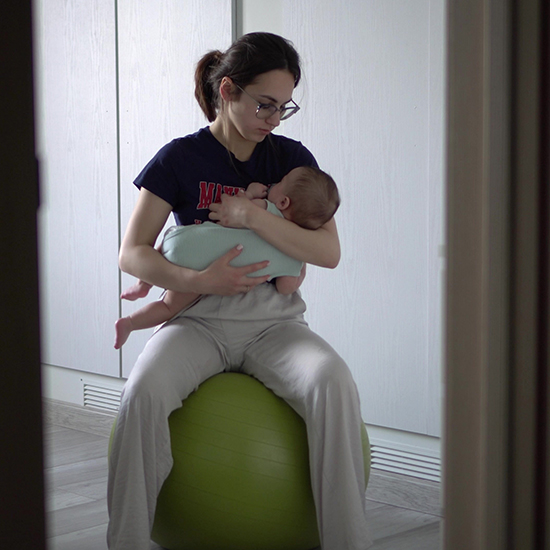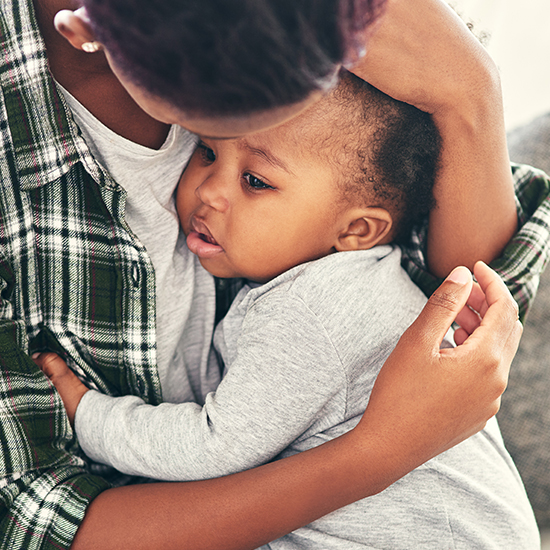¡También es importante que tú te cuides! A veces está bien tomarse un descanso, aunque sea solo por unos minutos. Criar hijos es un trabajo arduo y cada bebé es diferente. No tengas miedo de pedir ayuda cuando la necesites.

Guía para padres sobre los cólicos
- Home
- Live Well Blog
- Guía para padres sobre los cólicos
mayo 8, 2024
INFANTES
Todos los bebés lloran
Todos los bebés lloran, pero ¿y si el llanto es realmente muy intenso? Bueno, pueden ser cólicos. Tener cólicos es más que estar simplemente irritado o llorar. Es cuando un bebé llora mucho, muy fuerte y de manera muy intensa al menos tres días a la semana, durante más de tres horas cada vez. El llanto suele comenzar aproximadamente a la misma hora todos los días, y en general por la noche.
Los bebés con cólicos parecen llorar sin razón alguna. Siguen llorando incluso después de intentar cosas que normalmente los ayudan, como alimentarlos o abrazarlos. Su llanto también suena diferente: es como si sintieran dolor y pueden parecer rígidos o arquear la espalda.
Los cólicos suelen comenzar cuando los bebés tienen entre dos y seis meses, pero a veces comienzan antes. Pueden durar varias semanas e incluso podrían empeorar antes de mejorar. Se desconoce el motivo exacto por el que los bebés tienen cólicos, pero puede deberse en parte a que su sistema nervioso aún no está completamente desarrollado o a que tienen problemas para calmarse. También podrían ser problemas estomacales, como gases o reflujo, o incluso una alergia a alguna sustancia en la leche.
¡Tener un bebé con cólicos puede ser muy complicado para los padres!
Es posible que sientas que nada de lo que haces ayuda, y esto puede ser agotador y estresante. Algunos padres incluso se sienten frustrados o enojados. Habla con el médico de tu bebé o consulta con amigos y familiares. Recuerda que sacudir o lastimar a un bebé nunca está bien, no importa cuál sea tu nivel de enojo. Si crees que puedes perder el control, acuesta al bebé en la cuna y aléjate.
¡Llama a alguien de tu confianza para que te ayude de inmediato!
Si tu bebé tiene cólicos, ¡es posible aliviarlo!
Estos son algunas acciones que puedas intentar:
Envuelve al bebé cómodamente en una manta o sostenlo cerca de tu cuerpo.

Envuelve al bebé cómodamente en una manta o sostenlo cerca de tu cuerpo.

Acuna suavemente al bebé o llévalo a dar un paseo en el automóvil.
Intenta sostener al bebé en diferentes posiciones o hacer sonidos relajantes cantándole o haciéndolo callar.
